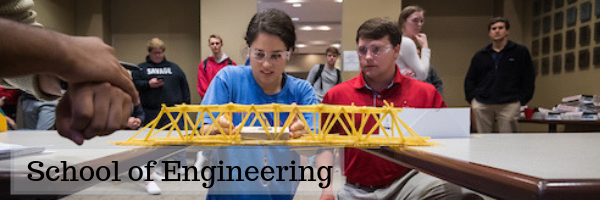
Faculty and Student Publications
Document Type
Article
Publication Date
10-17-2023
Abstract
Reservoir computing is a highly efficient machine learning framework for processing temporal data by extracting input features and mapping them into higher dimensional spaces. Physical reservoirs have been realized using spintronic oscillators, atomic switch networks, volatile memristors, etc. However, these devices are intrinsically energy-dissipative due to their resistive nature, increasing their power consumption. Therefore, memcapacitive devices can provide a more energy-efficient approach. Herein, volatile biomembrane-based memcapacitors are leveraged as reservoirs to solve classification tasks and process time series in simulation and experimentally. This system achieves a 99.6% accuracy for spoken-digit classification and a normalized mean square error of 7.81×10−4$7.81 \times \left(10\right)^{- 4}$ in a second-order nonlinear regression task. Furthermore, to showcase the device's real-time temporal data processing capability, a 100% accuracy for an epilepsy detection problem is achieved. Most importantly, it is demonstrated that each memcapacitor consumes an average of 41.5 fJ of energy per spike, regardless of the selected input voltage pulse width, while maintaining an average power of 415 fW for a pulse width of 100 ms, orders of magnitude lower than those achieved by state-of-the-art devices. Lastly, it is believed that the biocompatible, soft nature of our memcapacitor renders it highly suitable for computing applications in biological environments.
Relational Format
article
Recommended Citation
Hossain, M.R., Mohamed, A.S., Armendarez, N.X., Najem, J.S. and Hasan, M.S. (2023), Biomembrane-Based Memcapacitive Reservoir Computing System for Energy-Efficient Temporal Data Processing. Adv. Intell. Syst., 5: 2300346. https://doi.org/10.1002/aisy.202300346
DOI
https://doi.org/10.1002/aisy.202300346
Accessibility Status
Searchable text


Comments
The Article Processing Charge (APC) for this article was partially funded by the UM Libraries Open Access Fund.